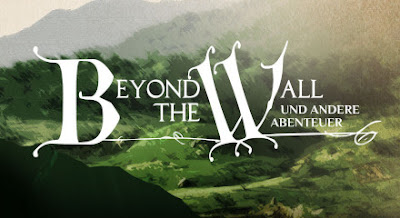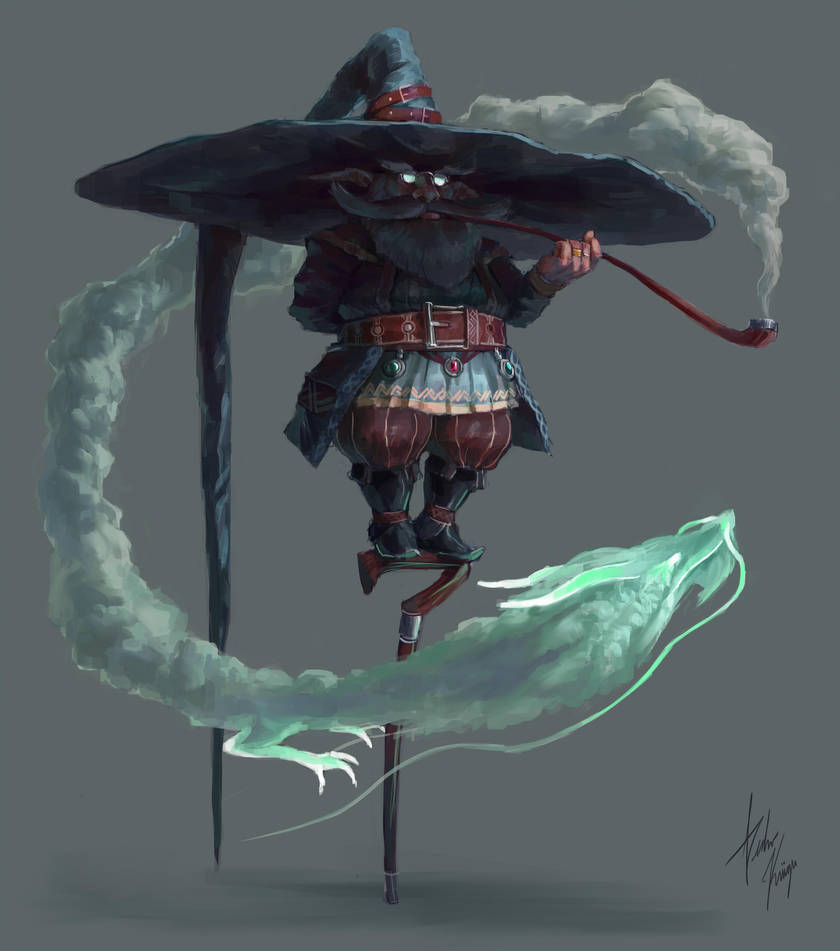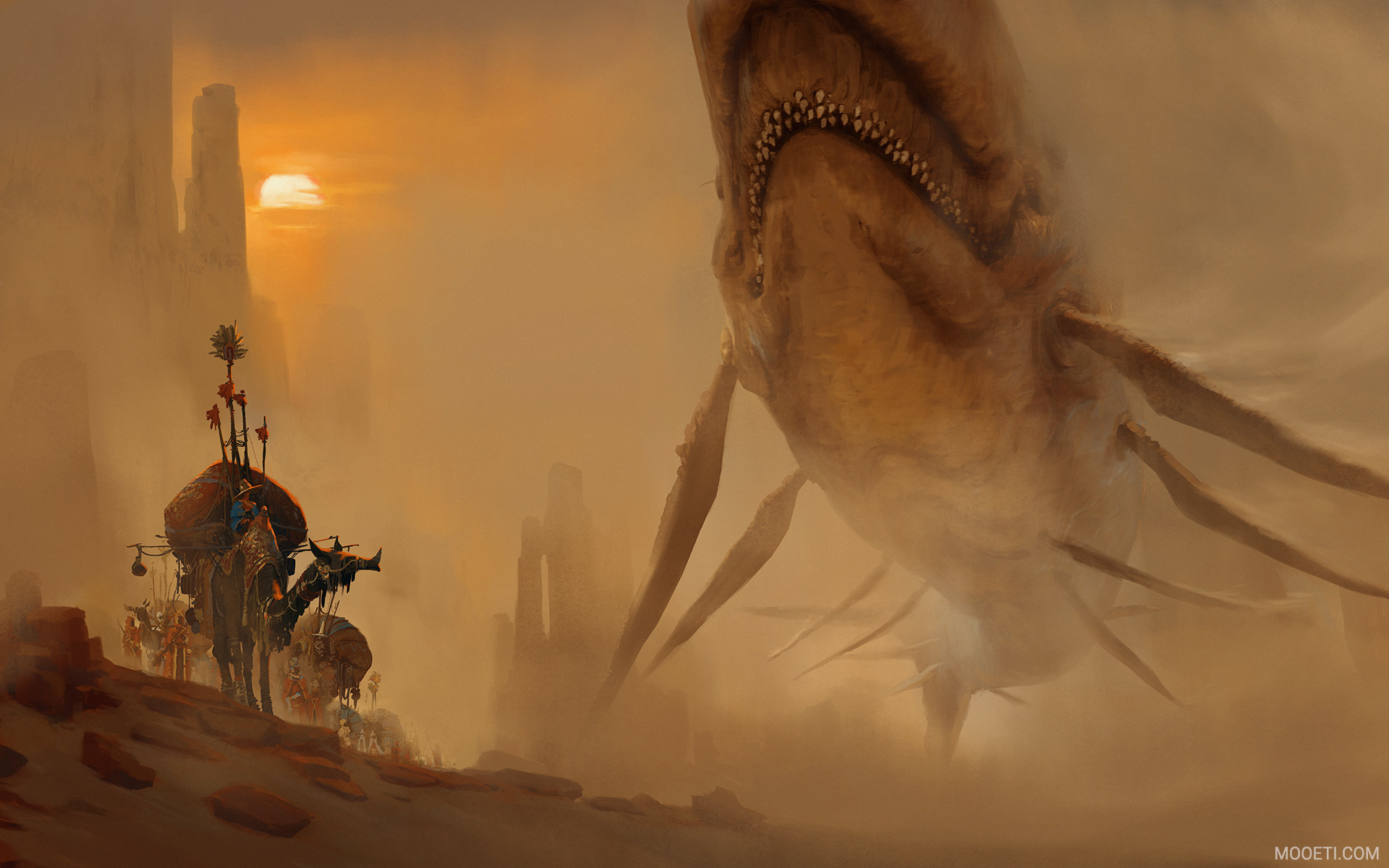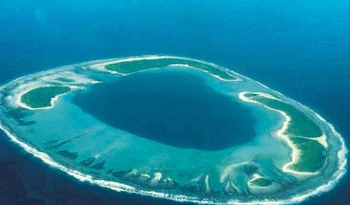In the last few months I've seen a few new cultural items with a strong focus on Greek Mythic Fantasy, here is a review of a few I have encountered.
Video Game: Hades
Let me start by saying at the date of publishing I have ~120 hours of game time in this game which I bought in early access in 2019. It has since come out of early access and is gaining some wide spread popularity.
Description: Hades is a roguelike RPG where you play as the son of Hades, Zagreus, as you try and escape the realm of the dead to find out the truth of your family history. Aiding you in your escape are many of the Olympic gods: Zeus, Poseidon, Artemis, and many more. The Olympic gods lend you some of their powers so you can smash up the guardians of Hades and escape.
Thoughts: The setting of the game is compelling and provides adequate framing for the roguelike structure, especially if you are a mythology nerd like me, but the real stand out is the game play. Everything feels very tight and responsive, there are enough combinations of weapons and god given boons to make each run exiting. I would have loved to see more gods in the game (especially Hephaestus!), but the diversity already included is great. As with all Super Giant games the art direction is sublime.
Final Score: 9/10, a really great game
Western Animation: Blood of Zeus
Description: Set in fantasy Ancient Greece, the Netflix series focuses on the story of a new hero, Heron, the son of Zeus and a mortal queen and his half-brother who has been tainted by eating the flesh of a dead Titan. Heron teams up with an Amazon warrior and some capable rouges to help the gods stop a second war with the Titans.
Thoughts: Produced by the same studio to create the excellent Castlevania animated Netflix series, I had pretty high expectations for this show that were frankly not met. While the art style looks similar I didn't find any of the punchy combat animation I loved so much in Castlevania, and while the premise of the story is fine I didn't find it that compelling. It is always fun seeing interpretations of Greek myth on screen, but that is about all that I found engaging.
Final Score: 5/10, its a quick watch with some cheesy fun
D&D 5th Edition Source Book: Mythic Odysseys of Theros
Description: Wizards of the Coast owns Dungeons and Dragons as well as Magic the Gathering, and this is the second cross over book published for D&D 5e from their Magic settings (the first being Guild Master's Guide to Ravnica). The book is meant to "serve as an example of how to take inspiration from real-world mythology and adapt it into a world built from the ground up for fantasy adventures" a goal I myself have tried to accomplish in this blog.
There are new races and sub-class options for characters, as well as optional mechanics for characters to have a more mythic origin. There is a chapter dedicated to the pantheon of the setting where each god is given some myths, a set of beliefs and observances of their followers, and some examples of how characters might gain or loose their favor. The next chapter includes a world map of Theros with some lengthy descriptions of each city state/civilization. After that is a chapter focusing on adventure design in the setting, framed around the champions/villains of each god described in the earlier chapter as well as some encounter tables and small dungeon maps. There is also an example adventure included in this section, No Silent Secret, to demonstrate some of the principles described. The final two chapters are dedicated to magical items and artifacts, and some mythic bestiary stat blocks.
Thoughts: I played a little bit of Magic the Gathering back in the day but I never encountered the Theros setting, so that might have something to do with why I feel so lukewarmly towards this book. There is a lot of fluff text here dedicated to retelling Greek myths in a slightly different way, and I mean a lot. I understand the necessity, but is seems like wasted space. All this new mythos does is create homework for the DM and players to get a common background in the setting when most groups already likely have at least some impression of Greek myths. To get the most value out of the set dressing I would take each location or myth and put them in a table for easier use while playing, because who really cares about the major landmarks around the Sparta clone city-state?
Because of the origin in Magic the Gathering there is a lot of art included in the book, most of it in a kind of "psychedelic cosmos" style, the image above is a good example. There is an in setting reason for this (the gods live in Nyx, a realm of dreams in the night sky), but a lot of the art feels a touch too dramatic for me. I do like the art included in setting chapter, there are some great city/land scape pieces.
There are a few new races included, but many of them have been published before in other 5e books so that is disappointing. The new sub-classes and backgrounds are flavorful, but there are only three.
I like the piety mechanics introduced for the gods, it seems like a good frame work for PCs to interact with very powerful gods, though in my own setting I prefer to keep my
gods small. I can see myself using the stat blocks of the mythic beasts at the end of the book as well as the magic items, those are always useful.
Final Score: 4/10, a lot of wasted effort on a setting that is not doing anything compelling with the source material. The mechanics provided are okay, but that's about it.
![]()
![]()
![]()
![]()
![]()
![]()
![]()


